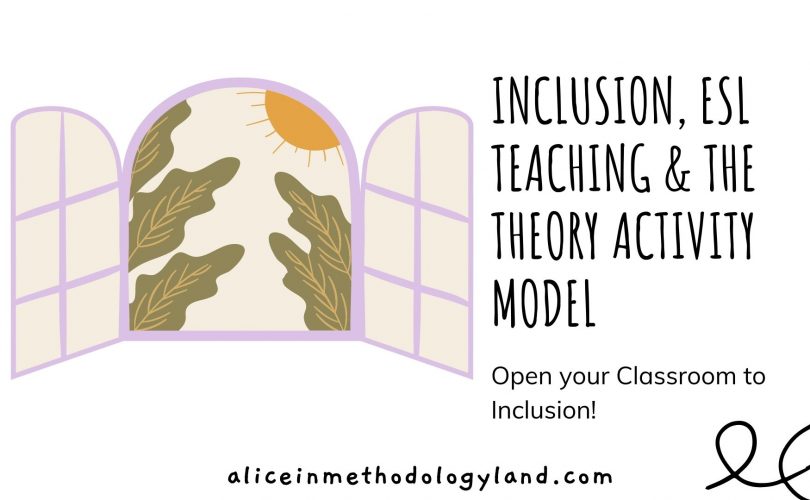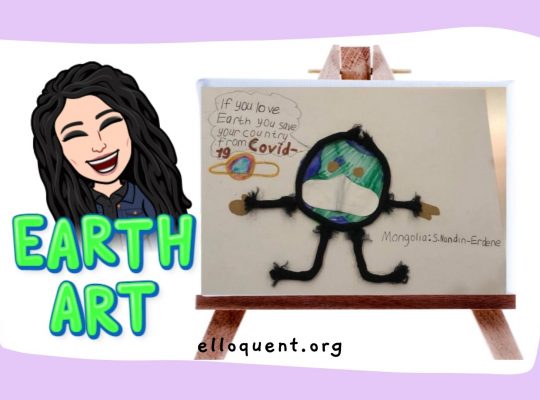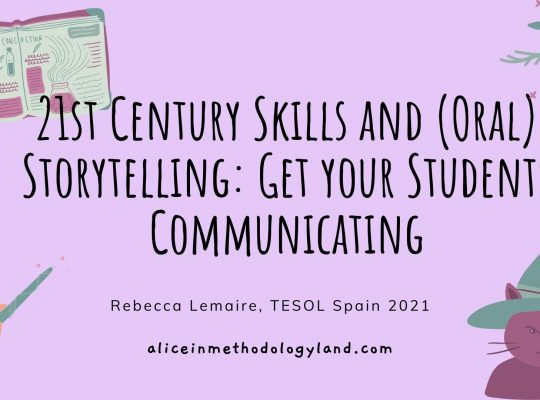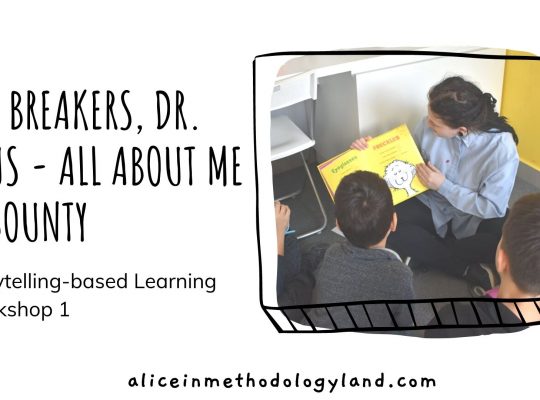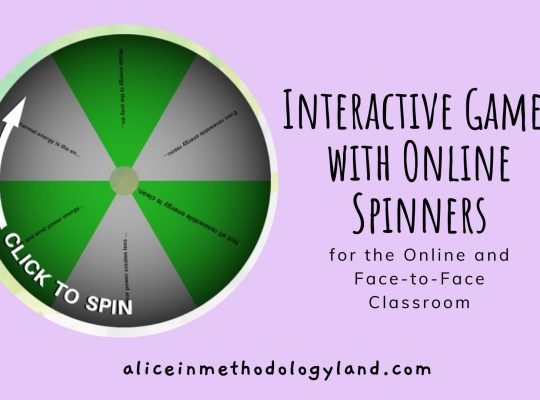How does inclusion in the ESL classroom happen? Is it even possible? The basic principle of inclusion states that all children have equal rights to education, regardless of their characteristics, cultural, or religious background. Let’s talk about the activity theory model! ?
Savić (2009b: 11) adds that “humanistic teaching principles can be used as
guidelines for respecting diversity and creating an inclusive environment”, and suggests applying the principle of individualization through differentiation of tasks and activities.
According to Olinghouse (2008), there are four major strategies for making EFL classes more inclusive. First, learner’s diversity was primarily centered on race in the past, but today it includes a broad range of personal characteristics, from social background to possible learning difficulties.
A 4-step-strategy to develop as an inclusive practitioner
- Developing intrapersonal awareness is a step that needs to be completed in order for a teacher to genuinely understand and connect to his/her students. Teachers should examine their ideas, teaching approaches and the relationships with people around them.
2. After introspecting, teachers need to develop interpersonal awareness and get acquainted with their students. Overcoming prejudice and focusing on student’s viewpoints is essential in building a positive long-term relationship with the students.
3. Forming an inclusive pedagogical approach and developing an inclusive learning environment is the natural extension of the first two inclusive teaching strategies. Therefore, the inclusive pedagogical approach needs to be a part of every lesson, regardless of learner diversity in the classroom.
4. Finally, and possibly the most critical strategy for making the classroom more inclusive, is the curricular transformation. The course content needs to be adapted to be relevant to all the students in the classroom, not just to the majority of students, as it often happens in the teaching practice.
What other things besides teaching and learning strategies can make your classroom more inclusive?
Besides teaching and learning strategies that can make your classroom more inclusive, a teacher should also develop management strategies and have various materials and objects at hand. (A large table for group work, various cards and board games, visual aids, technology, realia, classroom ‘job’ assignment for each student, interesting books for bibliotherapy storytelling sessions, and positive behavior management system for effective classroom management.)
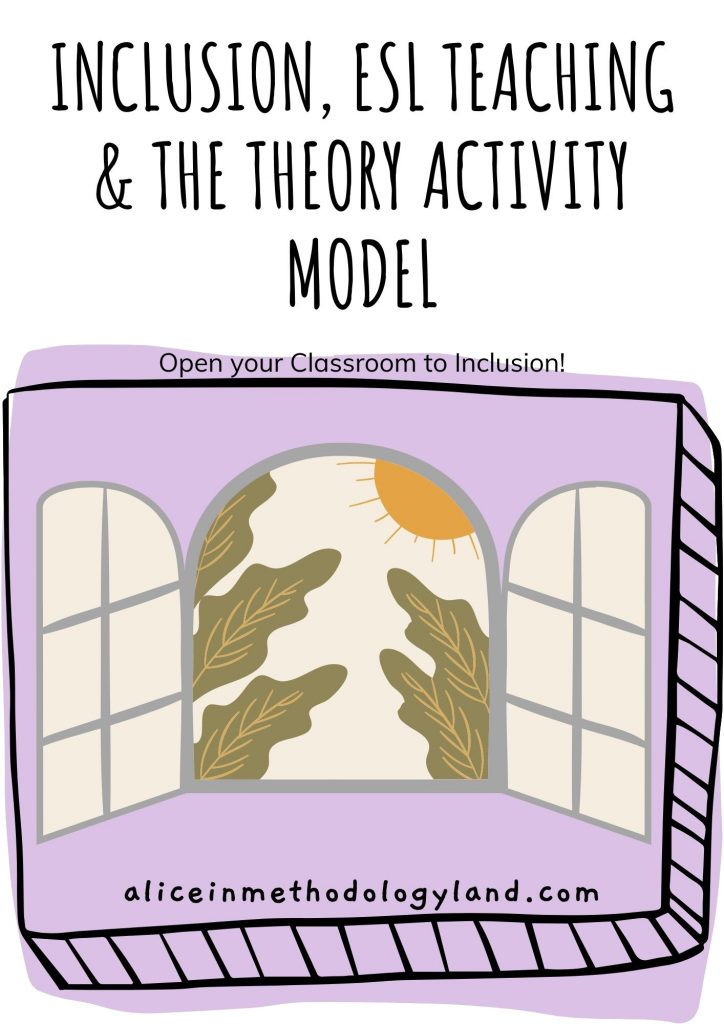
The activity theory model in an inclusive classroom
The activity theory model consists of the participant’s environment and all possible factors that could impact learning, not just the participant itself – but the whole learning system. It focuses on the environment, history of the person, culture, role of the artifact, motivations, and complexity of the real-life activity. The biggest strength of the activity theory model is that it overcomes the gaps between theory and practice, putting the activity in a real social context.
The activity theory model consists of a subject, object, and tool through which they interact. Engeström, Miettinen, Punamäki, and Lena (1999) state that ”these tools are exteriorized forms of mental processes manifested in constructs, whether physical or psychological. AT recognizes the internalization and externalization of cognitive processes involved in the use of tools, as well as the transformation or development that results from the interaction.”
RSP Teacher Angela Olton and Math Content Teacher Claire Moore team teach a lesson on writing ratios to their middle school students. Using the team teaching model within an inclusion model of special education, the two teachers provide direct instruction on the first day of the unit and then show how they differentiate instruction later in the week by offering student choice in their grouping strategy.
ToT Module on Inclusive Education
According to UNICEF’s ToT Module on Inclusive Education (2015), which was based on Cooper and Harries (2002), ”teachers can only support children in their learning if they develop an understanding of the situation from the child’s perspective. The focus of this activity is to highlight the importance of the context in which the activity is carried out. ” (p. 10)
Since teachers focus on task completion, they often forget to reflect on the contexts in which these tasks are done. The activity theory model puts task completion in a daily life situation and includes contextual factors. This helps teachers address each student individually, and it can personalize tasks and teaching. The research concluded that certain places and activities trigger memories, so the given task could be completed more easily if the location or the activity is familiar. These results are beneficial when it comes to understanding differentiated instruction in an inclusive classroom.

What children’s perspectives tell us about inclusion?
What children’s perspectives tell us about inclusion, is that we are all experts in different ways and that our different experiences and understandings are of value. Inclusive education is presented and discussed as under construction, both in educational settings and as a concept. The materials in this course are largely rooted in the social model of disability and human/disability rights frameworks.
References:
- Savić, V. (2018). Principles of Inclusive EFL Teaching, PPT
- Savić, V. (2018). Teaching Sensory Impaired Students, PPT
- Savić, V. (2009). Creating Inclusive ELT Environment Through Humanistic Teaching. In Popović, R. (ed.) Responding to Diversity in Teaching Young Learners. Jagodina: Pedagoški fakultet u Jagodini.
- Savić, V. & Prošić-Santovac, D. (2017). English Language Teachers’ Attitudes towards Inclusive Education. Teaching Innovations, XX, 2017/2, 141-157.
- UNICEF (2015). ToT Modules on Inclusive Education. Module 3: Enabling environments for personalized learning. Zurich: University of Zurich, Switzerland.
- Salazar, Norton, & Tuitt (2009) Weaving Promising Practices for Inclusive Excellence into the Higher Education Classroom
- Olinghouse N. (2008). Designing Lessons for Diverse Learners, retrieved on 16.01.2019.
- Engeström, Yrjö; Miettinen, Reijo; Punamäki, Raija-Leena (1999). Perspectives on Activity Theory. Cambridge University Press.
What do you think of the theory activity model and its implementation in the ESL classroom to promote inclusion? Is there a place for inclusion in the ESL classroom, and how should we apply it? Write in the comments or via the contact page. I would love to hear your opinion.

Click here to explore my store where 99% of materials are forever free!
All the materials except lesson plans and 30+ page interactive activity books will be free FOREVER! Why? Because sharing is caring, and 2020 hasn’t been kind to all of us. Please consider donating so I can keep making FREE materials for everyone and keep my website open for all of you.
Don’t forget to leave a review when you download materials! It’s just a minute of your time, and it means a lot to me.
P.S. The store and the freebie library are not the same thing – the freebie library has some extra materials like conference presentations and webinar recordings which are not available in the store ✨
The subscription link for the store is below my bio in every post. ?

